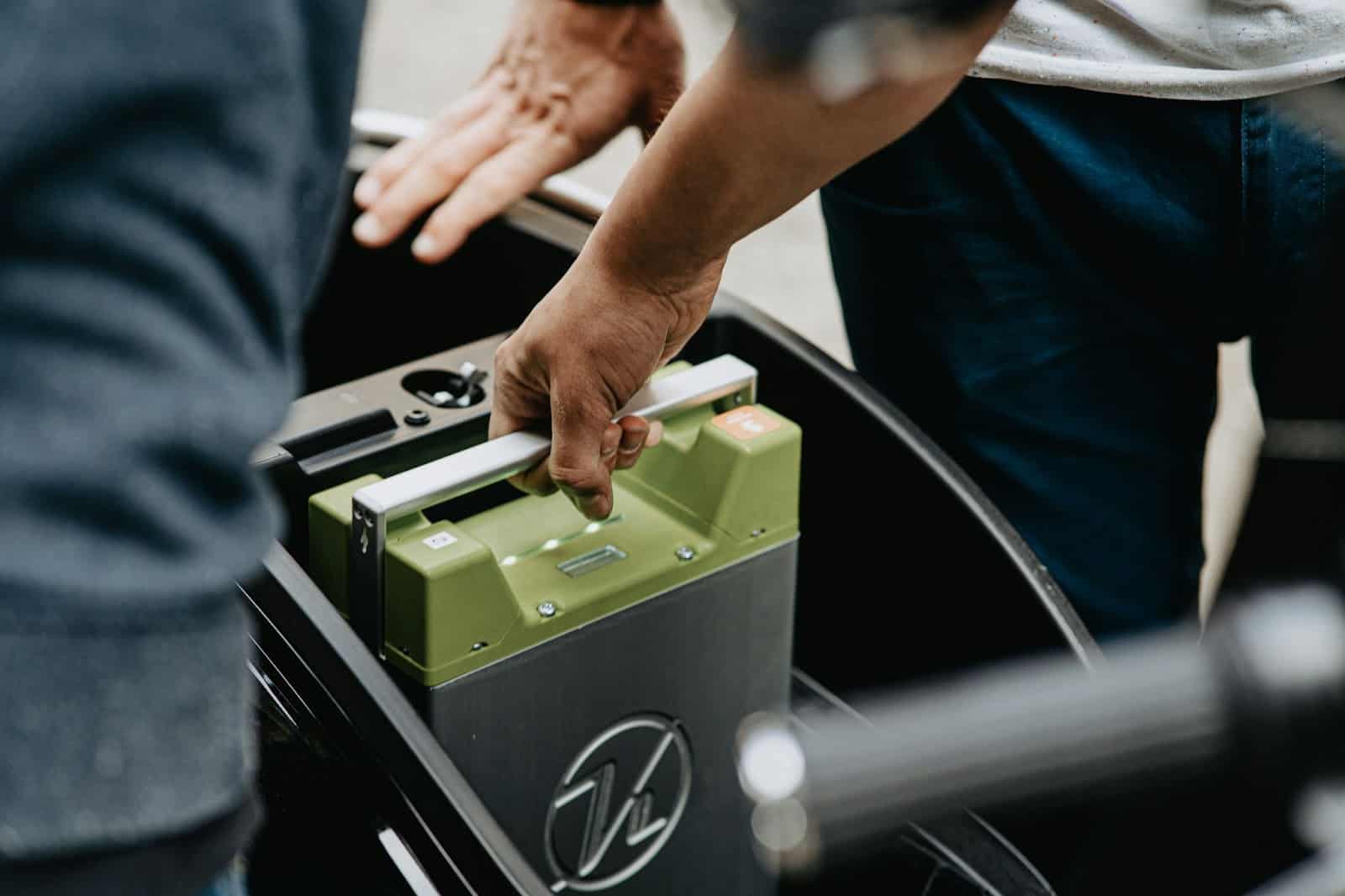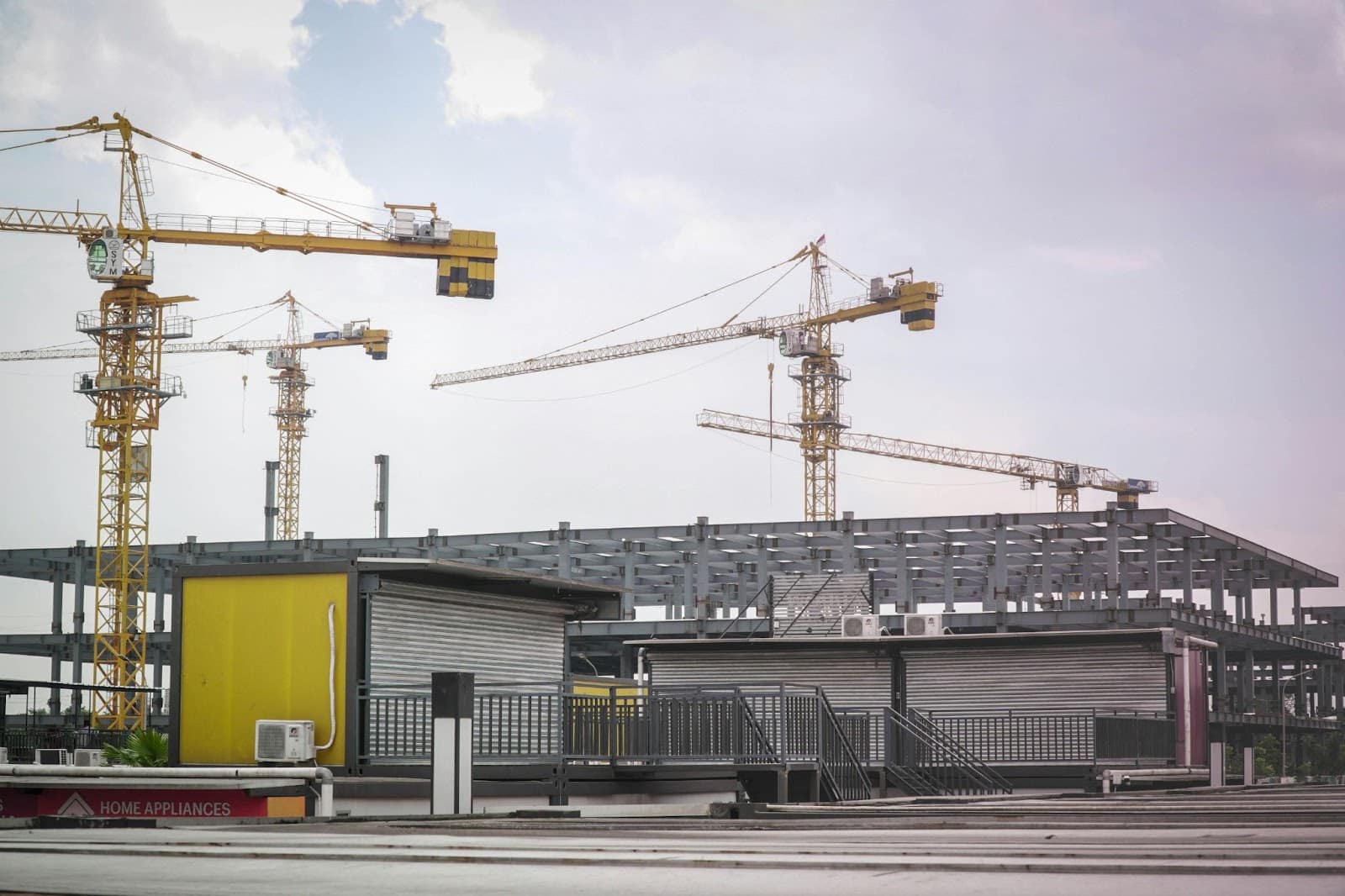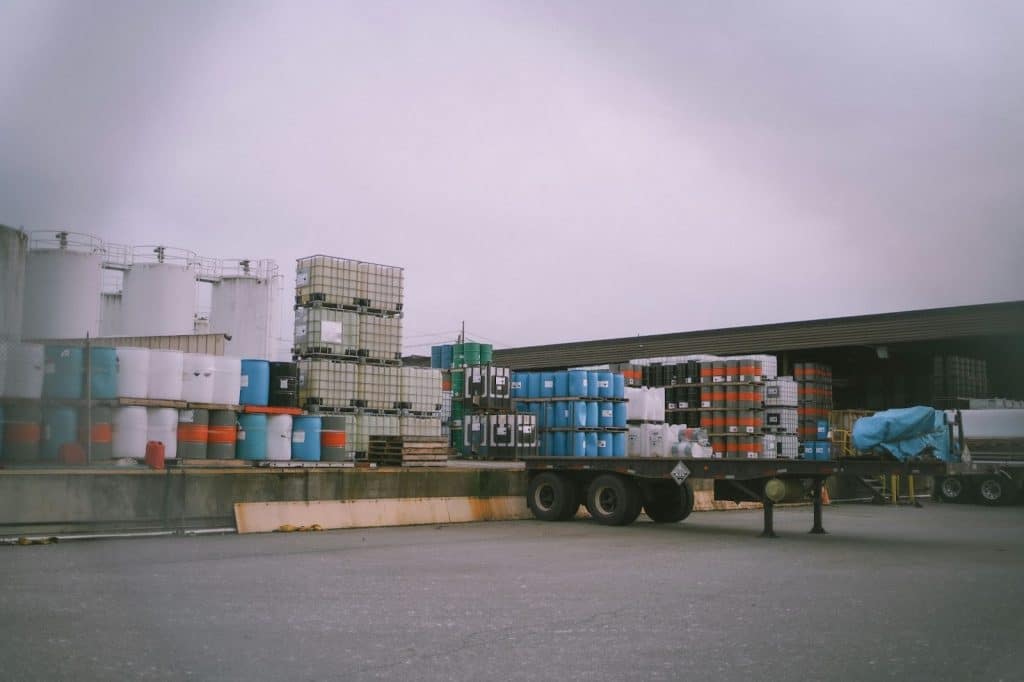The Australian power tool market is booming, and savvy businesses are looking beyond domestic borders. Singapore has emerged as a key trading partner, with its strategic location making it an ideal gateway to Southeast Asian markets. For Australian tool retailers and distributors, understanding international shipping regulations isn’t just good practice—it’s essential for success.
Why Singapore Matters for Australian Tool Businesses
Singapore’s position as a regional hub makes it incredibly attractive for Australian exporters. The city-state’s efficient customs processes and strong business infrastructure create opportunities for power tool suppliers. With a thriving construction and manufacturing sector, Singapore’s demand for quality cordless tools continues to grow.
The bilateral trade relationship between Australia and Singapore is already strong, valued at over $32 billion annually. Power tools and equipment represent a growing segment of this trade. Australian businesses that understand the logistics can tap into not just Singapore’s market, but also redistribute to Malaysia, Indonesia, and Thailand.
Understanding the Classification Challenge
Before any shipment leaves Australian shores, proper classification is critical. Every power tool needs a specific commodity code that determines duties, taxes, and customs requirements. Getting this wrong can mean delayed shipments, unexpected costs, or even confiscated goods.
The Harmonized Tariff Schedule (HTS) system is used globally to classify products. Cordless power tools fall under specific categories based on their function and power source. Battery-operated tools are classified differently from their corded counterparts, which directly impacts shipping costs.
Understanding commodity shipping regulations is where many Australian businesses stumble. The classification process considers the tool’s primary function, materials, and components. A drill is classified differently from a grinder, even if they use the same battery platform.
Singapore Customs is particularly thorough with product classifications. They cross-reference declarations against international databases and physical inspections. Australian exporters who provide accurate commodity codes experience faster clearance times and fewer complications.
The Lithium Battery Challenge

Most modern cordless tools run on lithium-ion batteries, which are classified as dangerous goods. This classification creates specific shipping requirements that Australian businesses must follow. The M12 and M18 battery platforms from major manufacturers fall under these regulations.
Lithium batteries can only be shipped via specific carriers who are certified for dangerous goods. Not all freight forwarders handle these shipments, which limits options and can increase costs. Air freight has stricter limitations than sea freight, with some airlines refusing lithium battery shipments entirely.
Singapore’s Civil Aviation Authority of Singapore (CAAS) enforces strict rules on lithium battery imports. Batteries must be properly packaged, labeled, and documented with Safety Data Sheets (SDS). Each shipment requires specific UN numbers and hazard classifications clearly marked on packaging.
Australian businesses often bundle tools with batteries for retail packages. This convenience for customers creates complexity for shipping. The entire package must be treated as dangerous goods, even if the tool itself poses no risk.
Smart Packaging Solutions
Separating batteries from tools can reduce shipping costs and expand carrier options. Many Australian exporters ship tools and batteries separately, then bundle them at the destination warehouse. This strategy works particularly well for Singapore-based distribution centers that serve multiple markets.
Proper packaging protects both the product and ensures regulatory compliance. Tools must be secured to prevent movement during transit. Battery terminals need protection against short circuits, typically achieved with individual plastic caps or insulating materials.
Singapore’s hot and humid climate requires additional packaging considerations. Moisture-resistant packaging prevents corrosion during storage and transit. Australian businesses that overlook this often face product returns or warranty claims from Singapore customers.
Real-World Tool Shipping Examples

Different tools present unique shipping challenges based on their design and components. Compact tools like impact drivers are straightforward to ship and classify. Larger equipment requires more detailed commodity codes and often higher shipping costs.
Specialized equipment needs careful attention to classification details. For instance, an inspection camera Milwaukee unit contains electronic components, LED lighting, and battery systems that each affect classification. The flexible cable and LCD screen add complexity to the commodity code determination.
Pipeline inspection systems with wireless monitors are even more complex to classify. These systems might fall under multiple commodity categories due to their various components. Australian exporters must decide whether to classify them as complete systems or break them down into individual components.
Singapore’s tradespeople particularly favor Milwaukee’s M18 platform for its versatility. Australian suppliers shipping these tools benefit from Singapore’s familiarity with the brand. However, warranty support and spare parts availability must be considered when establishing a Singapore customer base.
Documentation That Gets You Through Customs
A commercial invoice is the foundation of any international shipment. This document must detail every item, its value, commodity code, and country of origin. Singapore Customs uses this information to calculate duties and verify compliance.
The Certificate of Origin proves products are Australian-made or legally imported into Australia for re-export. This document can reduce or eliminate duties under the Singapore-Australia Free Trade Agreement (SAFTA). Many Australian manufacturers qualify for preferential tariff treatment that makes their products more competitive.
Packing lists provide detailed information about how items are packed and their weights. Singapore’s port authorities use these documents for physical verification. Discrepancies between packing lists and actual contents trigger inspections that delay clearance.
Safety Data Sheets are mandatory for any shipment containing lithium batteries. These technical documents outline hazards, handling procedures, and emergency responses. Singapore requires SDS documents in English, which is convenient for Australian exporters.
Navigating Import Duties and GST
Singapore imposes Goods and Services Tax (GST) on most imports, currently set at 9%. This tax applies to the CIF value (Cost, Insurance, and Freight) of the shipment. Australian businesses need to factor this into their pricing strategies for Singapore customers.
Import duties on power tools vary based on commodity classification. Most cordless power tools attract duty rates between 0% and 7% in Singapore. The Singapore-Australia Free Trade Agreement can reduce or eliminate these duties for qualifying products.
Battery shipments may attract different duty rates than complete tool packages. Singapore Customs treats batteries as separate items with their own classification codes. Australian exporters need to calculate duties separately for each component.
De minimis thresholds don’t apply to commercial shipments in Singapore. Even small-value shipments require full customs declarations and GST payment. This differs from some markets where low-value items receive simplified clearance.
Choosing the Right Shipping Method
Air freight offers speed but comes with higher costs and battery restrictions. Express services like DHL or FedEx can deliver to Singapore in 3-5 business days. However, lithium battery restrictions may force you onto slower services or specific carriers.
Sea freight is economical for larger shipments and has fewer battery restrictions. A container from Sydney or Melbourne to Singapore typically takes 14-21 days. This method works well for Australian businesses establishing inventory in Singapore warehouses.
Consolidated shipping allows smaller businesses to share container space with other exporters. Freight forwarders organize these consolidations, reducing costs for businesses without full container volumes. Singapore’s port efficiency makes this option particularly attractive.
Building a Singapore Distribution Strategy
Many Australian tool businesses establish partnerships with Singapore-based distributors. These local partners handle customs clearance, warehousing, and local delivery. They understand Singapore’s market and can provide valuable insights on product demand.
Direct-to-consumer shipping from Australia to Singapore customers is growing but challenging. Individual shipments face higher per-unit costs and more complex customs procedures. However, e-commerce platforms are making this increasingly viable for high-value items.
Warranty and after-sales support require careful planning. Singapore customers expect the same service standards as Australian buyers. Australian businesses must decide whether to handle warranty claims from Australia or establish local service capabilities.
Compliance and Regulatory Updates

Singapore’s product safety regulations require certain tools to carry safety certifications. The SAFETY Mark scheme applies to electrical products, including some cordless tools. Australian exporters must verify whether their products need these certifications before shipping.
Both Australia and Singapore regularly update trade regulations and tariff schedules. Businesses must stay informed about changes that affect their shipments. Subscribing to trade bulletins from both countries’ customs authorities is essential.
Singapore’s TradeNet system handles all import and export documentation electronically. Australian businesses or their freight forwarders need access to this system. Understanding how to use TradeNet efficiently can significantly speed up clearance times.
Best Practices for Long-Term Success
Start with small test shipments to understand the process before committing to large volumes. This approach allows you to identify problems and refine your procedures. Singapore’s efficient logistics make it an ideal testing ground for broader Asian expansion.
Build relationships with experienced freight forwarders who specialize in the Australia-Singapore trade. These partners understand the nuances of shipping power tools and dangerous goods. Their expertise can save you significant time and money.
Maintain detailed records of all shipments, classifications, and customs interactions. Singapore Customs may audit your shipments retroactively for up to five years. Proper documentation protects your business and demonstrates compliance.
Consider obtaining an Approved Trader designation from Singapore Customs. This status provides faster clearance and fewer inspections. Australian businesses with regular Singapore shipments find this investment worthwhile.
The Future of Trans-Tasman Tool Trade
The Australia-Singapore trade relationship continues to strengthen as both economies grow. Digital trade agreements are simplifying documentation and customs procedures. Australian tool businesses positioned correctly can capitalize on this growth.
Singapore’s push toward smart construction and Industry 4.0 creates demand for advanced power tools. Australian suppliers offering innovative products have opportunities beyond traditional tool categories. Understanding how to ship these products efficiently provides a competitive advantage.
The key to success lies in treating international shipping not as an obstacle but as a manageable process. Australian businesses that invest time in understanding regulations and building proper systems find Singapore a rewarding market. With the right approach, shipping cordless power tools internationally becomes a routine part of business growth.
